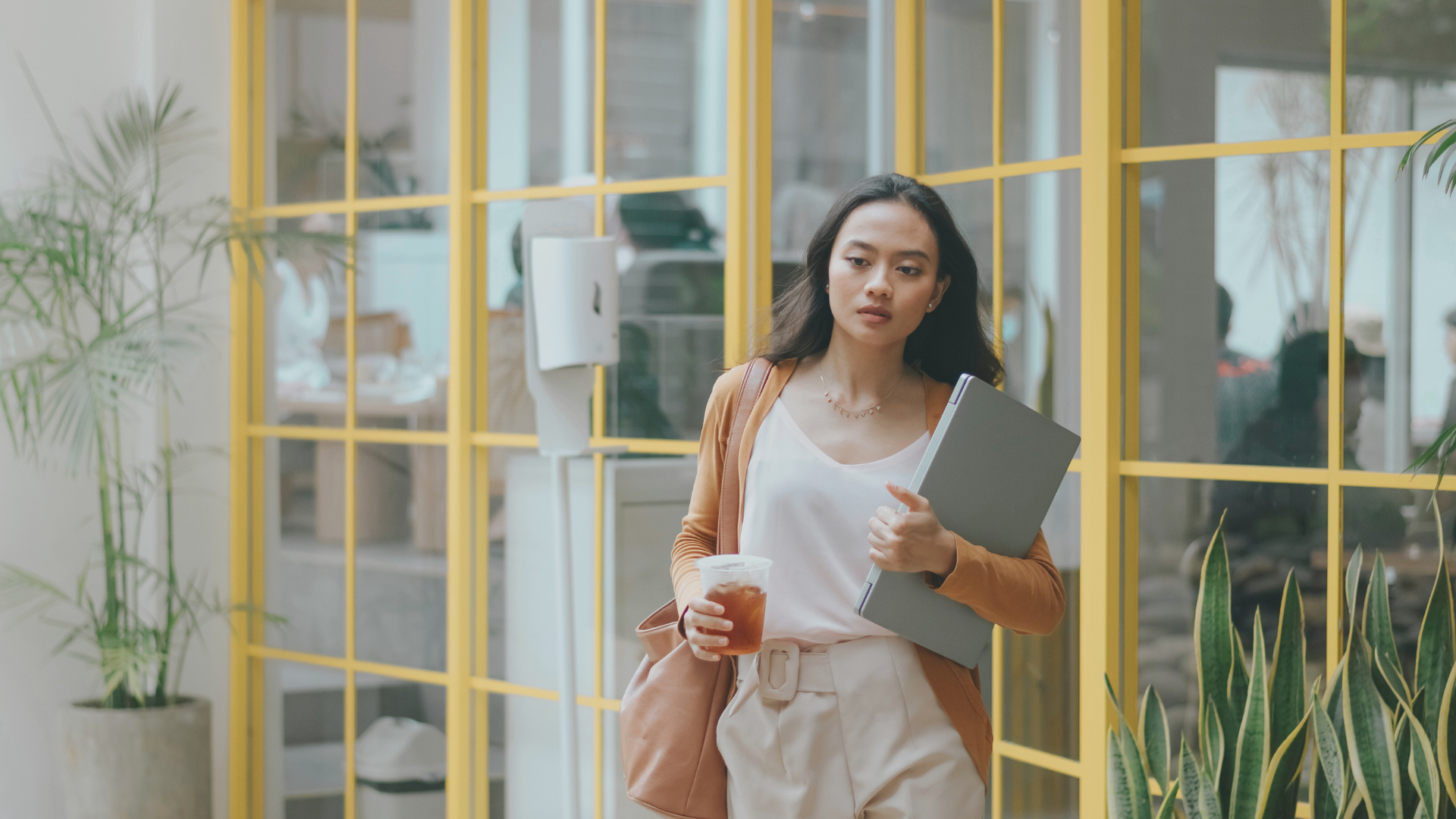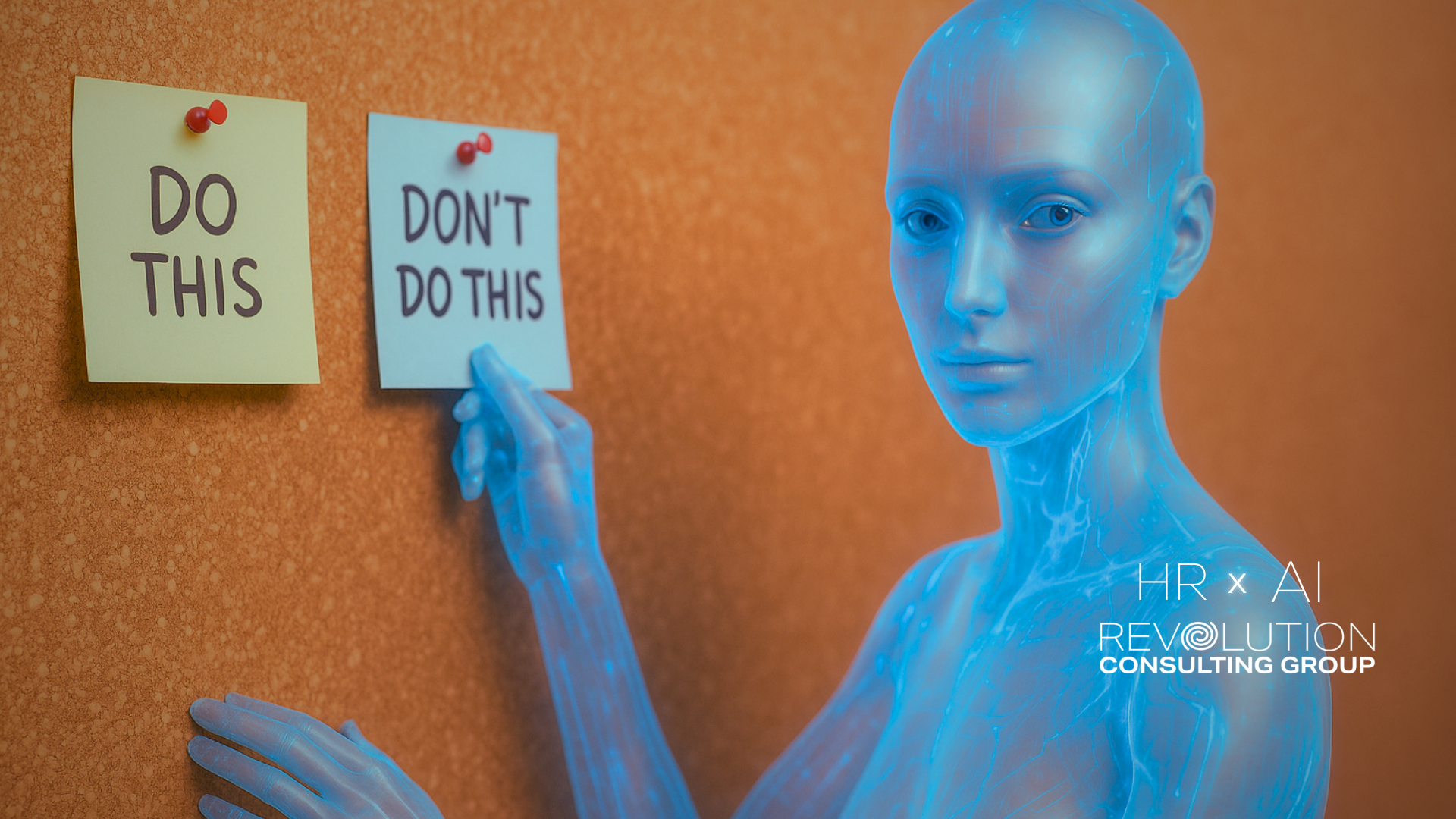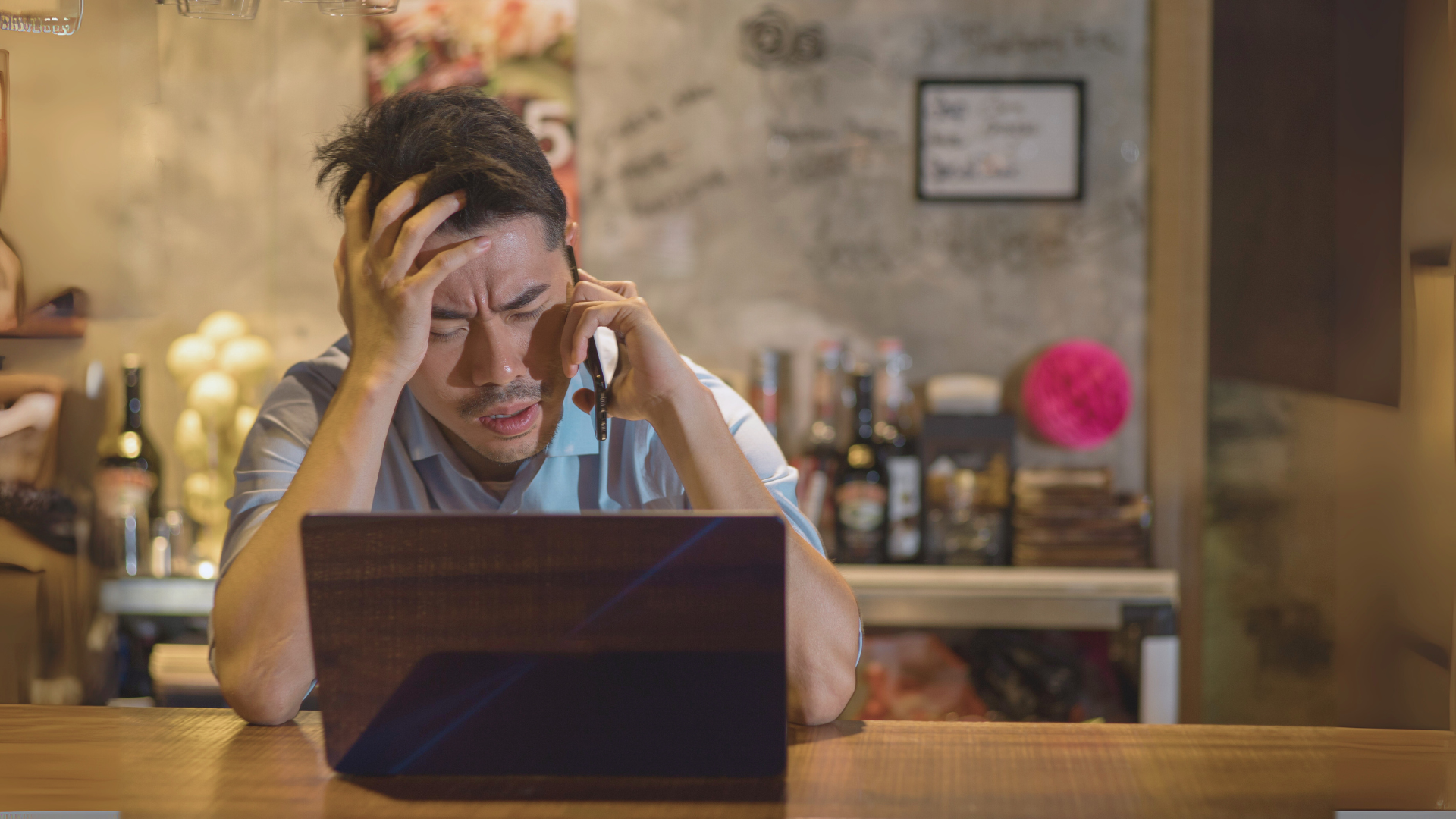75 Affirmations for Success at work, home for life!
Do Affirmations really work?
A lot of people think affirmations are airy fairy and don’t really do anything. In fact studies have shown that affirmations have considerable force.
Affirmations may feel a bit silly when you say them out loud for the first time, but if verbalising doesn’t feel right for you, then you can write them down.
A study published in the journal - Social Cognitive and Affective Neuroscience talked about what actually goes on in our brains when we regularly use affirmations. The researchers found that we link affirmations to the reward centres in our brain in the same way that we do for winning something, doing well at something or even eating good food.
The researchers used MRI to find that practising self-affirmation activates the reward centres–ventral striatum (VS) and ventromedial prefrontal cortex (VMPFC) in the brain. To make it simple, these areas are the same reward centres that respond to other pleasurable experiences, such as eating your favourite dish or winning a prize.
Lead researcher, Christopher Cascio stated “Many studies have shown that these circuits can do things like dampen pain and help us maintain balance in the face of threats.” So using affirmations does activate and boost areas of your brain that make you happy and positive.
How long should I say them for and how many do I need?
I suggest you pick 4 or 5 affirmations at the end of each month for the following month and say them or write them down every day for the month. You also don’t have to change them every month, you may want to stick with them longer. It’s up to you how many you choose and how long you use them.
When’s the best time to say my Affirmations or write them down?
This is up to you, but I suggest you add them into your daily routine. I like to do mine in the morning before I start my workday. As I’m busy in my morning, I tend to say them while I am doing my hair or make up, so I don’t have to set aside extra time to do them.
If you make them part of your daily routine, you will eventually make them a habit and it will come more naturally than if you change the time each day and try to remember when to do them.

I don’t know what Affirmations to use
Below are 75 Affirmations to get you started. There’s also no rules. While I have grouped them for leaders, business owners and everyone as ideas, you can mix and match them to make them fit your life no matter who you are or what your job is:
Affirmations for Leaders:
- I am flourishing, growing and developing
- I'm curious, brave and a strong advocate for myself.
- I have the power, will, and ability to be the leader I want to be.
- I forgive myself for my mistakes.
- I am confident
- It is okay if something doesn’t work out as I planned; I will find another way
- I am allowed to ask for help
- I learn from my mistakes
- I am both strong and flexible
- I am a leader who inspires others
- Everything I do has a positive impact on others and the world at large
- I have the best people working with me
- I value my time
- I have powerful communication skills
- I positively influence everyone
- I am getting better every day
- I am courageous in my leadership, and I am not afraid to be vulnerable
- Today is a good day.
- I am better than I was yesterday and not as good as I will be tomorrow
- I’m rising about the thoughts that make me angry or afraid
- Today will be a productive day
- I finish what is important and matters and let go of what does not.
- I set goals and go after them with determination, compassion and kindness
- I lead with integrity, compassion, courage and kindness
- I treat myself kindly and with compassion
Affirmations for Entrepreneurs and Business Owners:
- My company is flourishing, growing, and developing
- There is an opportunity in everything that presents itself to me.
- Obstacles and challenges strengthen me
- I am grateful to be able to build and run my own business
- Failure is just one more step towards success
- My business is growing every day
- I love what I do
- My business is thriving
- I have what it takes to succeed inside me
- I value my time
- I follow my passions
- My business is profitable
- My business is growing every day
- I am successful
- I am inspiring people through my work
- I always feel inspired to do my best and bring maximum value and impact to my clients
- I am an unstoppable force of nature
- I am in the right place at the right time, doing the right thing
- All it takes is 20 seconds of insane courage
- I am not pushed by my problems, I am led by my dreams
- Note to self: I will make you so proud
- I appreciate the opportunities I’ve been given
- My life is full of potential and opportunity
- I trust myself to make good decisions
- I am unfuckingstoppable!
Affirmations for everyone:
- Everything I need is within me
- I am enough
- I am worthy
- I choose to be happy
- My body and mind are both in good health, and my spirit is at peace.
- My anger is washed away by a river of compassion and is replaced with love.
- I have a surge of creative energy that sparks original and interesting thoughts.
- I am resilient when facing challenges and setbacks
- I value my own ideas
- I am living my values at work and home
- I am a good person who deserves success
- I choose to be happy
- I can handle challenges with ease
- I am passionate about my work
- Life is always working out for me.
- Money flows to me in avalanches of abundance
- My life is getting better and better every day
- My mind is calm and peaceful
- I make excellent decisions
- I am healthy, happy and abundant
- I love myself and all that I am
- I create my own happiness
- I am grateful for everything I have in my life
- I am strong, independent and can do anything I set my mind to
- I am not defined by my past, I am driven by my future
Need more daily motivation and productivity tips? Check our my top 7 tips on how to improve by 1% every day.







READY TO GET THINGS DONE?
Revolution Consulting Group is your Dedicated HR Partner




